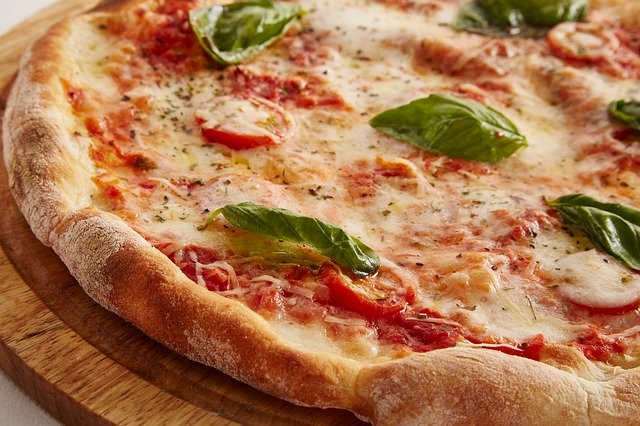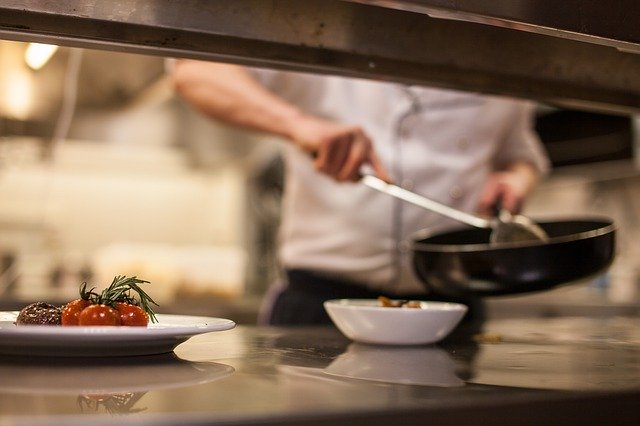
Pubs used to be watering holes where you could enjoy a decent pint in peace or with company. They’d be filled in the afternoon by day-time drinkers and employees on never-ending lunch breaks and then, in the evenings, they’d be packed out again with the after-work crowd. Back then, pubs could rely on a steady flow of customers cashing out on lagers, ales, ciders and spirits.
But those days are gone. Over the last few decades, there’s been a gradual cultural shift. Pubs still remain hubs for meeting and socialising but it appears that increasingly more of their customers are losing their appetites for booze.
With healthy lifestyles on the rise, more are going vegan and gluten free, avoiding fats and cutting down on calories, left, right and centre. As part of this drive towards healthier bodies, alcohol consumption is falling and, instead, customers are craving wholesome, fresh foods.
Thousands of pubs have already fallen foul of this big shift. For 9 out of the last 10 years, we’ve seen a decline in the number of pubs in the UK– with that decline dealing a catastrophic blow to the industry: 7,200 pubs closed in the last decade, and 13,200 have shut since 2000.
While last year saw the number of pubs rise for the first time in a long time, all pubs need to adapt to make those positive improvements to numbers in the sector permanent.
How? Pubs need to…

Learn to Love Food
As the market changes, pubs need to remain relevant. While some have begun broadening their drinks menu – bringing in a sparkle of novelty with various exotic beers and craft ales – many more will need to cast their net wider into the food business, setting up kitchens which can cater to audiences who want their local to be a place where they can grab a quick lunch or sit down with their families for an evening meal.
We’ve already seen many pubs opt to become providers of comfort foods – building burger selections or installing wood fired ovens and adding stone-baked sourdough pizzas to their menus. And we’ve seen the rise of gastros – pubs which take their food offerings even further and begin to look like full-on restaurants.
But many pubs are yet to begin putting food on their tables. They’re yet to transition from wet-led to food-led businesses, and swap out the bar snacks for three course meals.
If your pub is one of them, and you’re looking to make the leap, here’s how you can do it.
Set Aside Some Space
While some may be fortunate enough to have a ready-to-use kitchen sitting right at the heart their pub, many are not so lucky.
But, if you don’t have one, that doesn’t mean you have to call in the bulldozers and start from scratch. It can be tricky to re-imagine the blueprints of your building, but it’s worth a try.
Start by thinking about what you’ve already got - and more particularly about which parts of your pub are currently under-used. Is the pool table gathering dust? Is that back office collecting clutter? Is your loft filled with empty boxes? Has your garden seen better days and could you build outwards?
Your budget may then dictate what you do next. But, whether you go cheaper and convert your attic room into a snug space or go bold and build an impressive conservatory your customers will make a bee-line for, you might just find yourself freeing up some space, perhaps even a room, closer to your bar which you can then craft into a place for food prep.
Find your pub’s inner kitchen, and then
Invest in the Right Tools

In amongst those counters, you’ll want the essential appliances you’ll need to put together a menu that will keep punters coming through your doors.
Top of your list will be a trusty commercial catering refrigerator. You’ll need enough space to store at least a day’s worth of ingredients, and ideally a fair bit more.
Then, you’ll need a combi-oven. Far more versatile than the oven you’ll have at home, combi-ovens allow you to cook multiple meals at once, fine-tuning temperatures and air-flow to ensure you get the same results every time – remembering that reliability is essential for any professional kitchen.
Alongside your oven, you’ll want a good grill. As you look for one, keep in mind that the best are efficient and easy to clean – some even using atomization to eliminate difficult to clean grease.
Now you’re cooking, look ahead and invest in a good ware-washer. Let an energy efficient machine get your plates, cutlery and glasses sparkling clean each and every time, while you save your staff time and save yourself money on labour costs.
Once you’ve got the basics sorted, and you’ve have perfected a few popular dishes for your customers, keep on going.
Re-invest your profits in growing your kitchen’s capabilities. Experiment with new appliances and new recipes to bring a taste of novelty to your customers’ plates which will keep them coming back.
As you do,
Remember:
Learning to serve food doesn’t mean your drinks offering has to take a back seat and it doesn’t mean you need to make an overnight overhaul of your entire business.
Pubs are still crucial to many communities. They simply need to change as their customers do. As ever larger proportions of the population wean themselves off the lager, pubs need to learn to pair their homely atmosphere with high quality drinks as well as high quality foods.
Getting there can seem difficult, but with the help of some trusty kitchen appliances - a good fridge, oven and grill – you’ll be able to make the transition with ease.

Leave a Comment
Your email address will not be published. Required fields are marked *